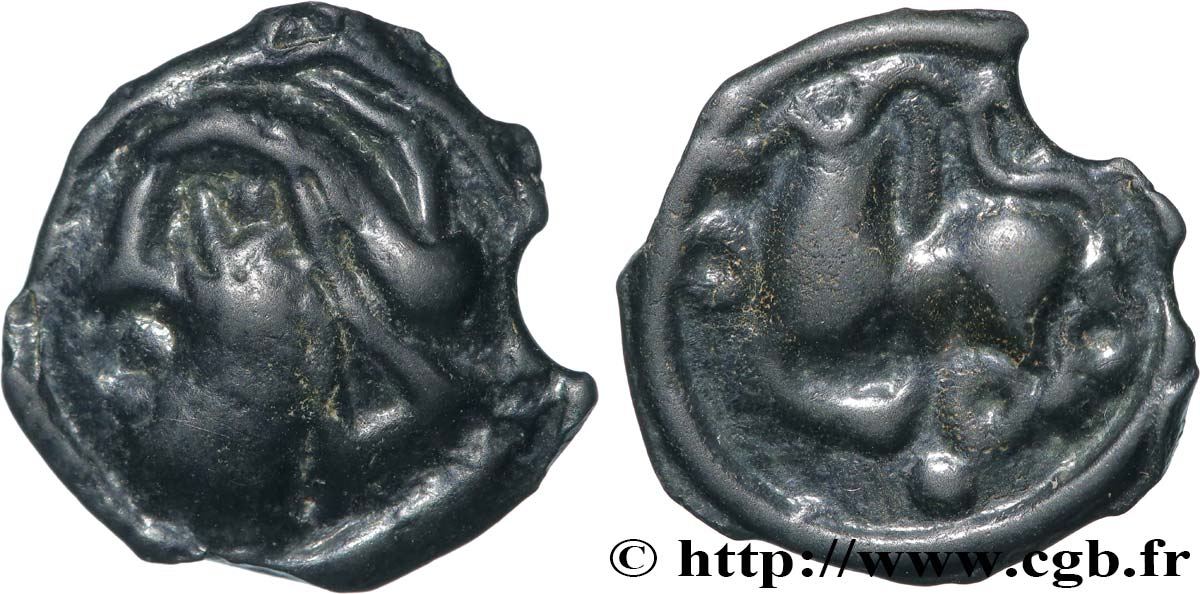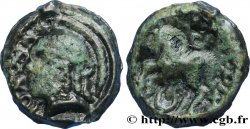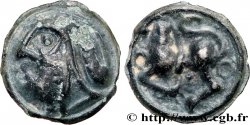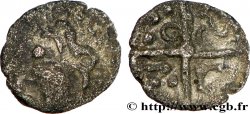bga_832622 - GALLIA BELGICA - SEQUANI (Area of Besançon) Potin au quadrupède
130.00 €(Approx. 139.10$ | 111.80£)
Quantity
Add to your cart

Type : Potin au quadrupède
Date: Ier siècle avant J.-C.
Metal : potin
Diameter : 18,5 mm
Orientation dies : 8 h.
Weight : 3,54 g.
Rarity : R2
Coments on the condition:
Joli potin sur un flan centré, un manque de métal à trois heure. Tête agréable au droit, une usure régulière. Patine sombre
Catalogue references :
LT.5527 - DT.3256 - BN.5538-5541 - PK.78 - Sch/L.556-560 - Sch/SM.198 var. - Z.764, 766 - BMCC.334-338
Predigree :
Monnaie provenant de la collection André Libaud
Obverse
Obverse legend : ANÉPIGRAPHE.
Obverse description : Tête stylisée à gauche, imberbe avec les cheveux regroupés dans une sorte de filet ; la base du cou représentée par un triangle évidé.
Reverse
Reverse legend : ANÉPIGRAPHE.
Reverse description : Quadrupède passant à gauche, la queue en forme d’esse pointée ; des annelets et globules dans le champ.
Commentary
Ces potins dits “au quadrupède” correspondent aux potins anépigraphes rattachables aux Séquanes ; ils sont aussi dits “au triangle sous la tête casquée”. Ils constituent à eux seuls la série 956 du Nouvel Atlas. Si le droit est assez régulier, il existe des variantes de revers, selon qu’il y a ou pas des globules et divers éléments décoratifs parfois interprétés comme étant la légende Q DOCI dégénérée....








 Report a mistake
Report a mistake Print the page
Print the page Share my selection
Share my selection Ask a question
Ask a question Consign / sell
Consign / sell
 Full data
Full data



